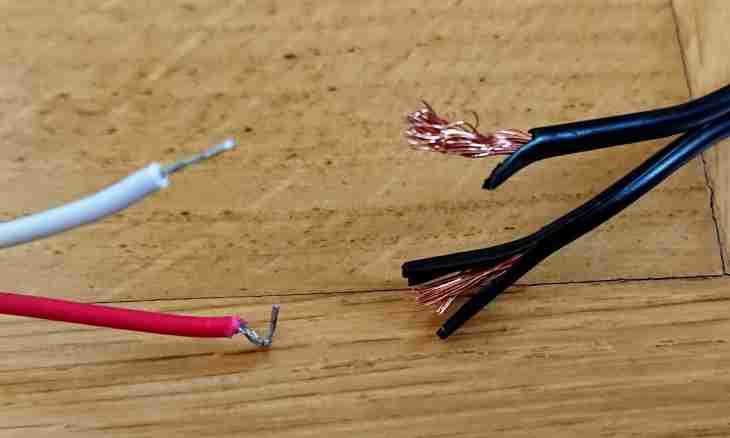Resistance of a wire shows as far as it interferes with passing of electric current. Measure it by means of the tester switched to an ohmmeter operating mode. If there is no such opportunity, it is possible to calculate it in different ways.
It is required to you
- - tester;
- - ruler or roulette;
- - calculator.
Instruction
1. Measure wire resistance. For this purpose attach the tester included in an ohmmeter operating mode to its ends. On the screen of the device the electrical resistance of a wire in Ohms or multiple to them sizes, depending on settings of the device will appear. The wire at the same time has to be disconnected from a current source.
2. Calculate resistance by means of a tester which works in the mode of the ampermeter and voltmeter. If the wire is the site of an electrical circuit, connect it to a current source. In parallel attach the tester included in an operating mode of the voltmeter to the ends of a wire. Measure voltage drop on a wire in volts.
3. Switch a tester to an operating mode of the ampermeter and include it in a chain consistently. Receive value of current in a chain in amperes. Using the ratio received from the law of Ohm find the electrical resistance of the conductor. For this purpose divide value of tension of U into the current of I, R=U/I.
4. Example. Measurement showed that at voltage drop on the conductor of 24 V, current in it is 1.2 A. Determine its resistance. Find tension relation to the current of R=24/1.2=20 Ohms.
5. Find wire resistance, without connecting it to a current source. Learn of what material the wire is made. In the specialized table find the specific resistance of this material in Ommm2/m.
6. Calculate the wire section if it is not specified initially. For this purpose its ochistt from isolation if it is isolated, and measure diameter of a conducting vein in mm. Determine its radius, having divided diameter into number 2. Determine wire section, having increased number π ≈ 3.14 by a vein radius square.
7. By means of a ruler or a roulette measure wire length in meters. Calculate wire resistance, having increased the specific resistance of material ρ by length of the conductor of l. Divide result into its section S, R=ρ ∙ l/S.
8. Example. Find resistance of a copper wire with a diameter of 0.4 mm 100 m long. Specific resistance of copper is equal to 0.0175 Ommm2/m. Radius of a wire is equal to 0.4/2=0.2 mm. S=3,14∙0,2 section²=0.1256 mm². Calculate resistance by formula R=0,0175∙100/0,1256≈14 of Ohms.
